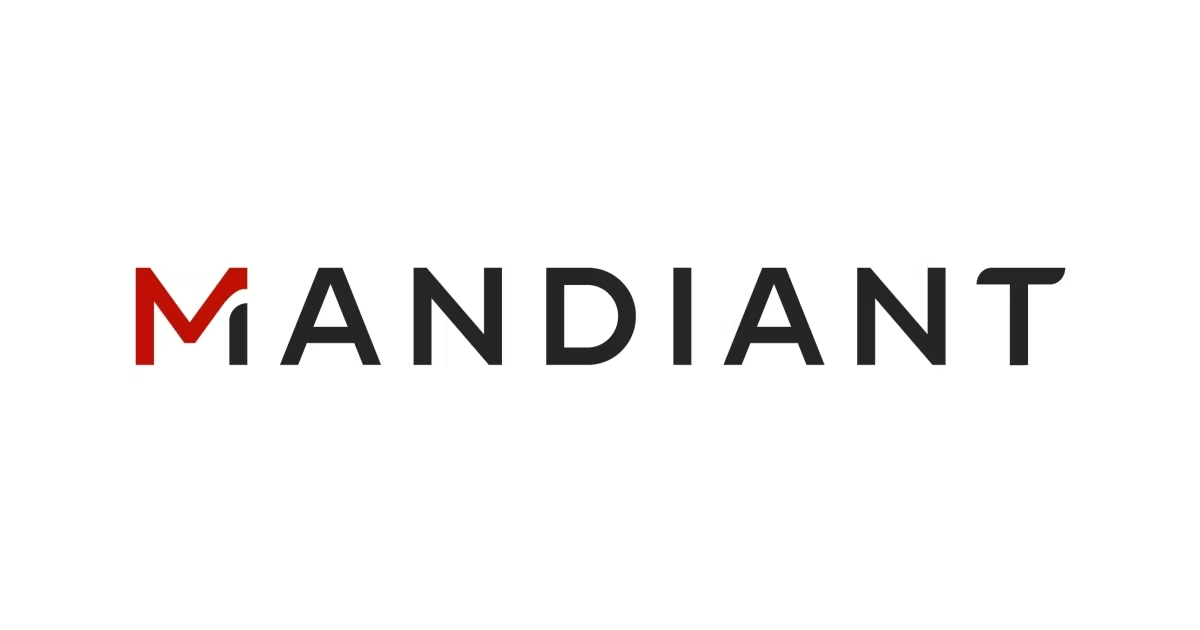
Google Threat Intelligence
Leveraging advanced analytics and extensive threat data, this Threat Intelligence Platform offers organizations unparalleled insight into potential threats. By understanding the tactics, techniques, and procedures of adversaries, users can proactively enhance their defenses, efficiently hunt for vulnerabilities, and respond to emerging threats in real-time, bolstering overall security posture.
Top Google Threat Intelligence Alternatives
Falcon X
Falcon X is a cutting-edge Threat Intelligence Platform that merges automated analysis with expert insights to empower security teams.
Mandiant Threat Intelligence
This threat intelligence software harnesses insights from over 200,000 hours of annual cyber attack response and open-source intelligence, curated by more than 500 analysts across 30 countries.
threatYeti by alphaMountain
threatYeti equips SOC analysts and threat researchers with precise, real-time insights for effective domain and IP threat investigations.
Microsoft Threat Modeling Tool
The Microsoft Threat Modeling Tool simplifies the threat modeling process for developers by utilizing a standard notation to visualize system components, data flows, and security boundaries.
Silent Push
The Silent Push platform offers unparalleled insights into DNS activity, enabling security teams to proactively identify and track malicious infrastructure before it can be weaponized.
Cisco SecureX
SecureX is a cloud-native platform that seamlessly integrates Cisco's security solutions with existing infrastructure, enhancing efficiency and visibility.
LevelBlue Open Threat Exchange
Participants contribute more than 19 million daily threat indicators, enabling collaborative defense against cyberattacks...
MITRE ATT&CK
This publicly accessible framework empowers organizations across various sectors to develop tailored threat models and...
The Respond Analyst
This XDR engine utilizes probabilistic mathematics to connect disparate evidence, effectively identifying malicious events...
Proofpoint Emerging Threat (ET) Intelligence
By offering historical context and metadata on IPs and domains, it uncovers the origins, methods...
Criminal IP
By leveraging a database of over 4.2 billion IP addresses, it delivers critical insights on...
AT&T Alien Labs Open Threat Exchange
Participants share actionable threat data, contributing more than 19 million indicators daily, enabling organizations to...
Vigilante Operative
It provides invaluable insights into third-party risks, compromised data, and malicious campaigns, creating a continuous...
Webshrinker
With a unique blend of AI and human validation, it not only enhances web filtering...
SecLytics Augur
By identifying the accumulation of attack infrastructure, it predicts potential cyberattacks with remarkable accuracy and...
Top Google Threat Intelligence Features
- Comprehensive threat visibility
- Real-time threat intelligence updates
- Detailed threat actor profiles
- Advanced threat analysis tools
- AI-driven threat prioritization
- Customized threat intelligence workbench
- Integration with Mandiant expertise
- Proactive threat hunting capabilities
- Contextual threat alerts
- Collaborative threat investigation features
- Tailored security recommendations
- Historical threat data access
- Automated incident response workflows
- Broad dataset integration
- Continuous AI learning
- Malware behavior analysis
- User-friendly console interface
- API call flexibility
- Threat detection optimization
- Unified threat verdicts.
Top Google Threat Intelligence Alternatives
- Falcon X
- Mandiant Threat Intelligence
- threatYeti by alphaMountain
- Microsoft Threat Modeling Tool
- Silent Push
- Cisco SecureX
- LevelBlue Open Threat Exchange
- MITRE ATT&CK
- The Respond Analyst
- Proofpoint Emerging Threat (ET) Intelligence
- Criminal IP
- AT&T Alien Labs Open Threat Exchange
- Vigilante Operative
- Webshrinker
- SecLytics Augur














